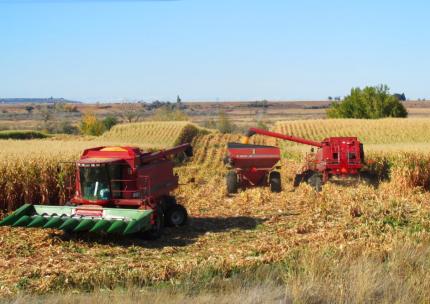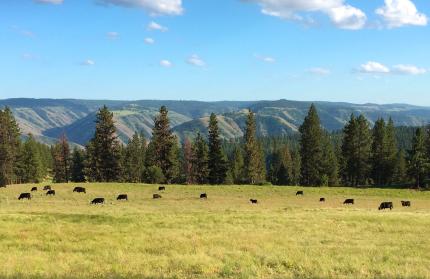
The Washington Department of Fish and Wildlife (WDFW) is committed to safeguarding the valuable heritage of our state’s fish, wildlife, and people. Washington’s natural resources have sustained communities for generations, and it’s our job to ensure they’re here for our grandchildren – and theirs – as well. Partnerships with farmers, ranchers, and the timber community help make this work possible and also contribute to local economies and preserve community character.
Farming, grazing, and logging on WDFW lands

Washington
Working lands include areas where farming, grazing, and logging are closely managed to improve and maintain habitat and preserve Washington’s natural and cultural heritage. Natural resource management teams plan and review these activities to address potential risks, and ensure that ecological outcomes are consistent with species management objectives.
These activities also provide economic benefits to local farmers, ranchers, loggers, and mill workers. State revenue generated by these activities contributes to the stewardship of wildlife areas, and covers costs such as habitat protection and restoration, weed control, and maintenance of roads, trails, campsites, toilets, and signs.
-
Farming on WDFW lands
Agriculture provides multiple benefits for wildlife, habitat, and local economies.
-
Forest management on WDFW lands
The department uses a variety of tools to achieve forest health goals throughout Washington.
-
Grazing on WDFW lands
The department uses livestock grazing as a tool to manage habitats and support local communities.